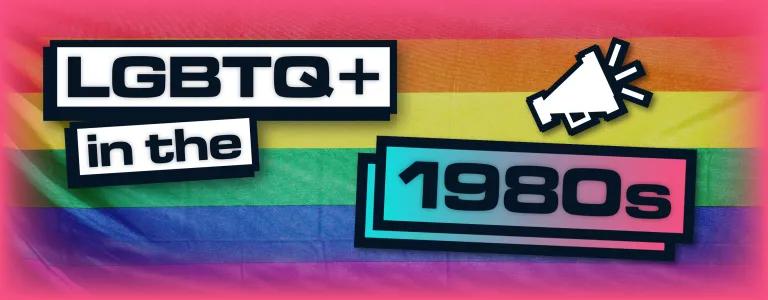
LGBTQ+ History By the Decades (1980s)
4 min read
As long as people have been on this planet, there’s been an LGBTQ+ community. However, the history, lifestyle, and rights of the community haven't always been smooth sailing. So let’s take a look at how the community has been affected, celebrated, and acted as a catalyst for change.
The 1980’s were an interesting decade;
So it feels like a great place to start…
LGBTQ+ history before the 1980s
Before we dive into the LGBTQ+ history of the 80s, let’s do a quick recap of some events in the decades before:
- 1885: The Criminal Law Amendment Act made homosexuality illegal in the UK.
- 1950s: Over 1000 men were in prison because of their sexuality.
- 1967: The Sexual Offences Bill was passed, which decriminalised homosexual acts between two men — so long as they were over 21, both consented, and conducted the sexual acts in the privacy of their own homes. It took many more years for Scotland (1980) and Ireland (1982) to pass the same bill.
LGBTQ+ history during the 1980s
1981: The breakout of HIV
It wasn’t illegal to be gay in the 1980s, but it certainly wasn’t easy. And the breakout of HIV/AIDS didn’t make things easier. The first case of AIDS in the UK was recorded in 1981 when a 49-year-old man was admitted to a hospital in London. He died just ten days later.
The following year, British man Terry Higgins died of AIDS in St. Thomas’ Hospital. A silver lining came from his death when his partner, Rupert Whitaker, and friends set up the Terry Higgins Trust — part of LGBTQ+ history and now known as the Terrence Higgins Trust — which is the UK’s first and leading HIV and sexual health charity.
If you’d like to learn more, watch Channel 4’s It's a Sin (15) featuring Years & Years singer Olly Alexander. The miniseries is set in London between 1981 and 1991 and follows the lives of a group of gay men and their friends during the HIV/AIDS crisis.
1981: The Black Lesbian and Gay Centre
Most LGBTQ+ groups in the early 1980s had little racial diversity amongst their members. So, the Gay Black Group was formed in 1981 by a group of Black and Asian lesbian and gay people. In 1982 the group approached the Greater London Council to request funding to create a centre to provide:
- Advice and counselling
- Telephone helpline
- Library and other resources
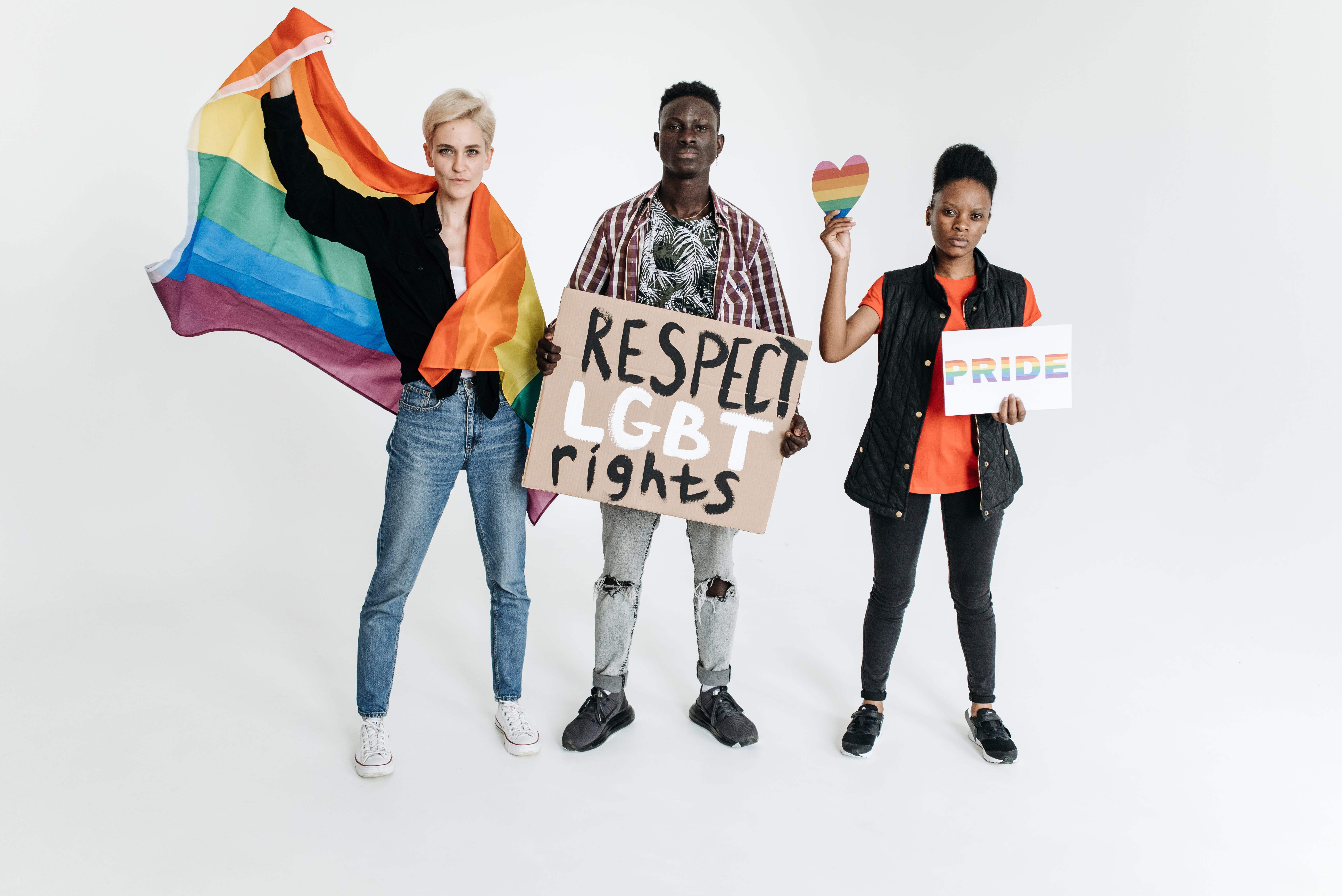
Three years later, in 1985, the group received its funding and set up the Black Lesbian and Gay Centre, which was open to all lesbians and gay men. The group stayed active well into the 1990s, and it’s an important note in LGBTQIA+ history.
1983: Blood Donations
People began to realise that HIV was a virus that could infect people through blood and sex. In 1983 — because HIV was thought of as something which mainly affected homosexual people — gay men were asked not to donate blood.
1986: Trans rights in the European Court of Human Rights
Mark Rees, a trans-man and a pioneer in LGBTQ+ history, took the UK to the European Court of Human Rights in the late 1970s, stating that UK law prevented him from gaining legal status recognising him as a male.
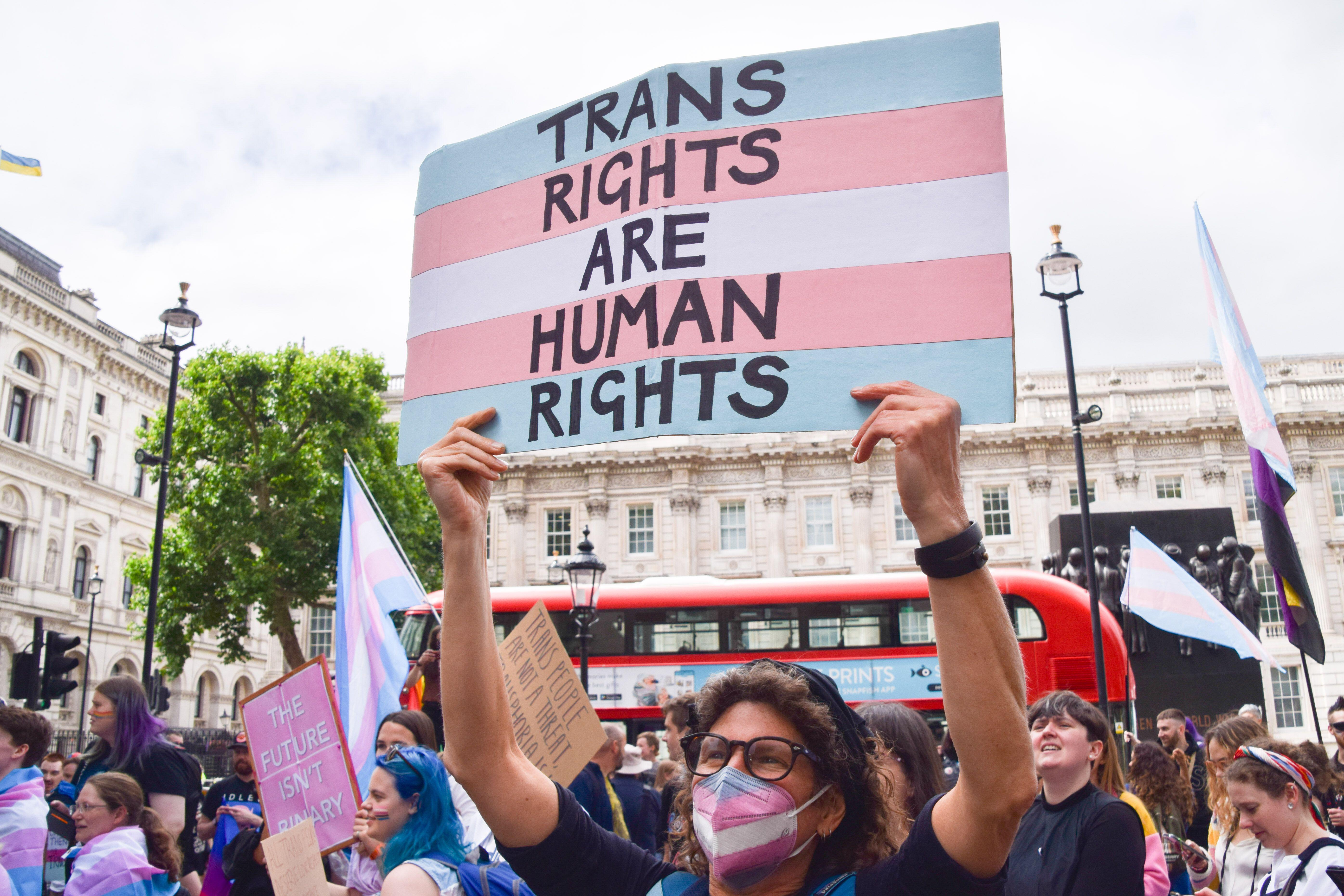
In 1986, he lost his single-handed battle for legal recognition at the European Court in Strasbourg. While he didn’t win his case, his actions led to the court noting the seriousness of the issues facing trans people, and his fight sowed the seeds for other important cases within LGBTQ+ history and in the next few years to come.
1987: The arrival of AZT
AZT (Zidovudine or Azidothymidine) was the first drug to show any promise of suppressing HIV. It became available in 1987 on prescription for anyone in the UK who needed it.
1987: Princess Diana and HIV
The Broderip Ward at Middlesex Hospital in London was the first specialist HIV ward in the UK and it was officially opened in 1987 by Diana, Princess of Wales. There was some controversy when Diana insisted on not wearing protective gloves or a mask when she shook hands with the patients;
This of course wouldn’t be controversial at all today.
But, in the 80s?
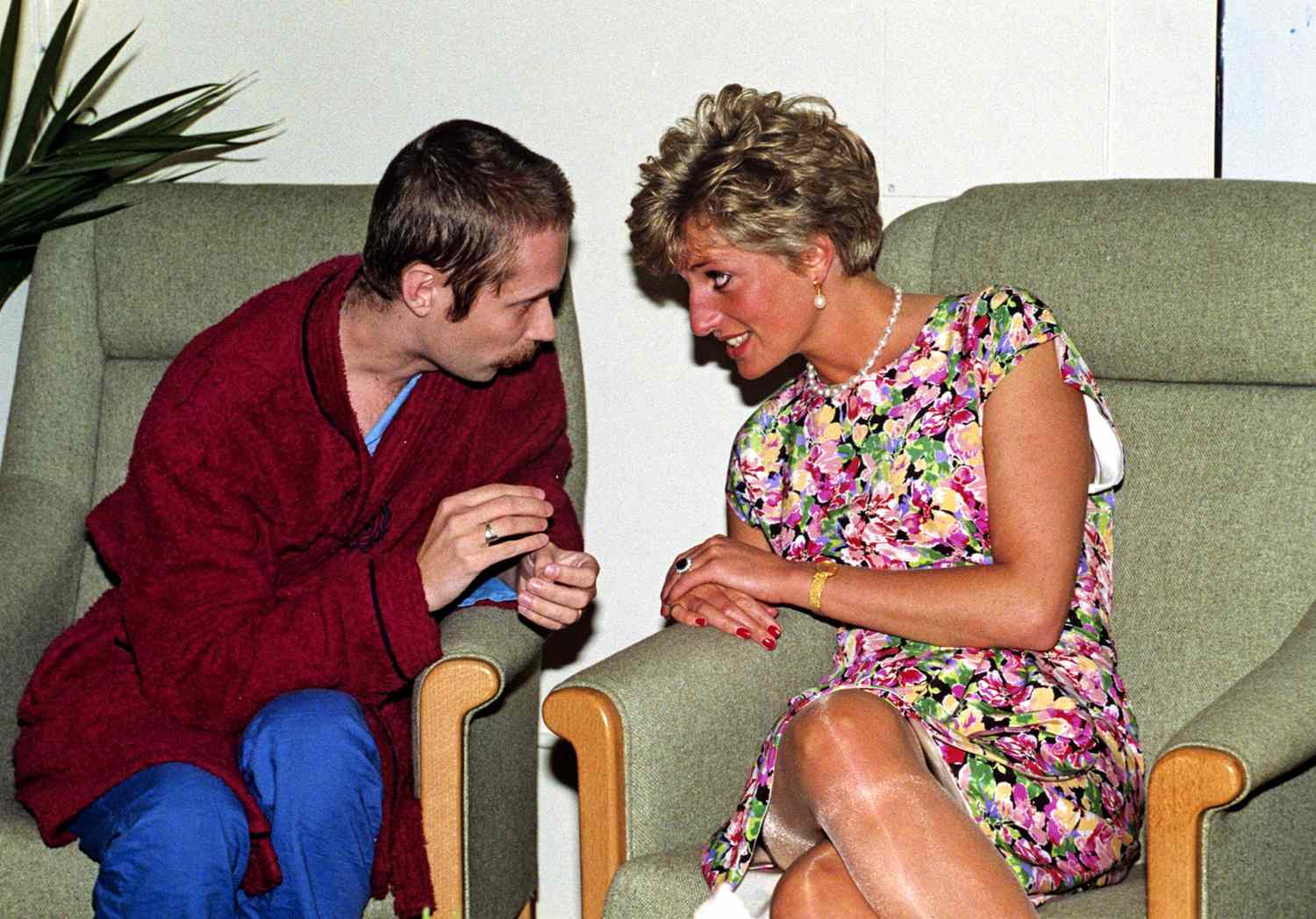
Even though scientists had said that HIV couldn’t be transmitted by casual contact, the public back then was still scared and naive about the disease. So the actions of Princess Diana helped to change a lot of people’s perspectives of HIV.
She showed in a single gesture that this was a condition needing compassion and understanding, not fear and ignorance. — The BBC
1988: Section 28 and LGBTQ+ History
The government, under Margaret Thatcher's lead, introduced Section 28 of the Local Government Act, which banned local authorities from ‘promoting homosexuality’ or ‘pretended family relationships’, and prohibited councils from funding educational materials and projects perceived to ‘promote homosexuality’.
This difficult moment in LGBTQ+ history had wide-reaching consequences:
- Funding was withdrawn from certain arts projects.
- The discussion of LGBTQ+ issues within schools and colleges was prevented.
- Students were unable to get the support they needed.
Section 28 was finally repealed in 2003. In 2009, Prime Minister David Cameron issued a public apology for the legislation.
1989: The first gay kiss on Eastenders
An important moment in the UK LGBTQ+ history: One of the nation’s most popular shows, Eastenders, was the first ever UK primetime soap opera to show a gay kiss — between Colin Russell and his partner Guido Smith.
The public were divided: many greeted it with celebration but there was also a backlash with people saying it was “showing perverted practices during family viewing times”.
1989: Stonewall and LGBTQ+ history
In response to the Section 28 legislation, actor Sir Ian McKellen publically came out as gay on BBC Radio 3 and went on to co-found Stonewall — a group renowned for its lobbying on LGBTQ+ rights. Stonewall was named after the 1969 Stonewall riots in New York City’s Greenwich Village, and here are some of the group’s main achievements in history:
- Helping achieve the equalisation of the age of consent.
- Lifting the ban on lesbian, gay and bisexual people serving in the military.
- Securing UK legislation which allows same-sex couples to adopt.
- Securing civil partnerships and then same-sex marriage .
- Ensuring that the Equality Act protects lesbian, gay and bi people in terms of goods and services.
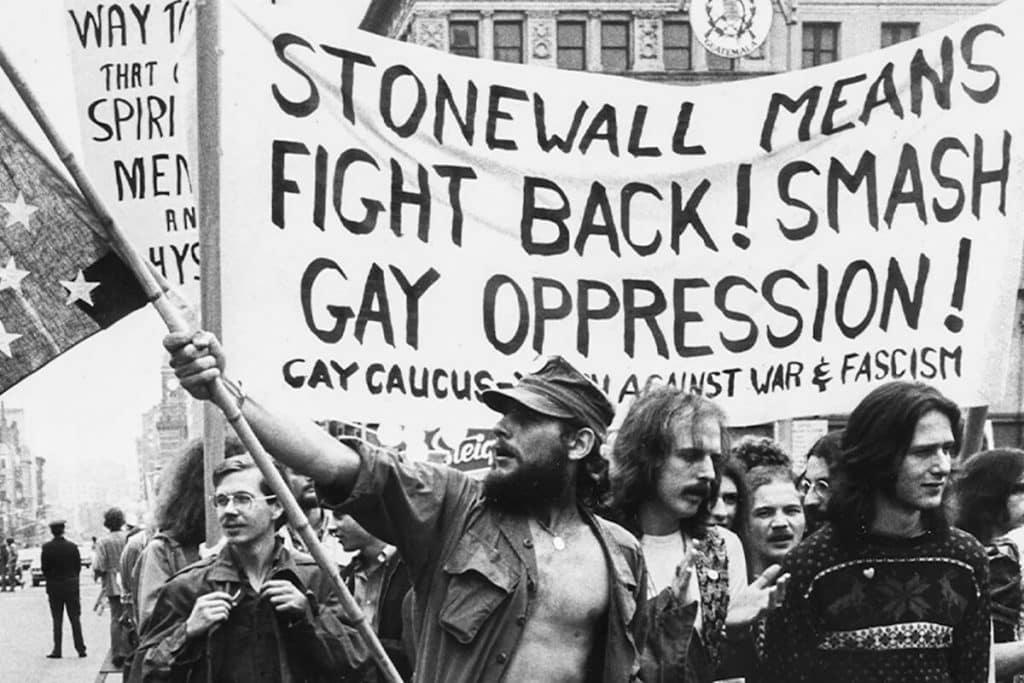
In 2015, Stonewall extended its remit to campaign for trans equality alongside lesbian, gay and bisexual equality, following an extensive consultation with over 700 trans people.
LGBTQ+ history in the 1990s
The repression of the 1980s mobilised the UK gay community in a way that hadn’t been seen before. So what happened in the decade after, the 1990s? Read all about LGBTQ+ history in the 1990s here.
Let us know over at @ncs the points of LGBTQIA+ history that you find most important to highlight!
NCS experiences are inclusive and welcoming
Sign up for an NCS experience and you’ll be heading off for five days (and four nights) with lots of other young people from all sorts of backgrounds. Everyone is welcome, and everyone is celebrated. So grab your place today.
Read more:
LGBTQIA+ influencers you need to follow
‘My queer hair journey’ by Ali (she/her)
Take this quiz on LGBT+ history

